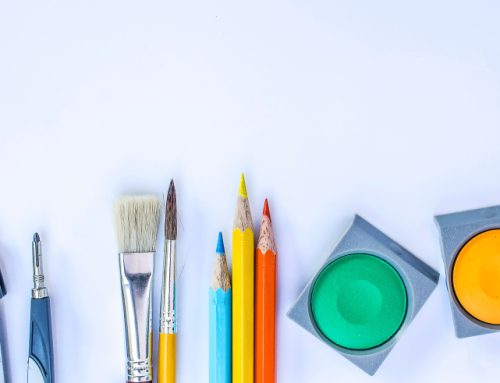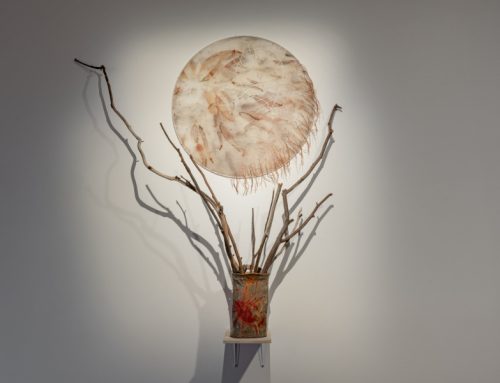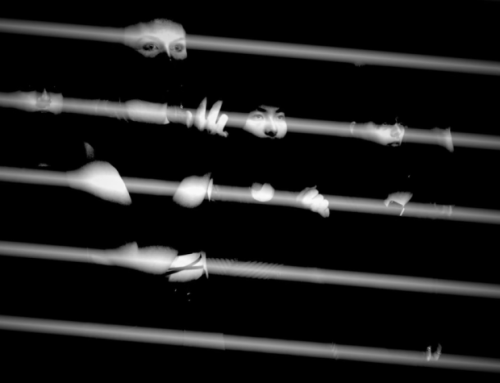At a recent public discussion about the nature and role of socially engaged arts practice in contemporary society, an outcome of the Cadfactory’s CASE Incubator program which aims to support such practice. One of the themes of the discussion was where does art belong? A question that in part arises as a result of many people feeling that either they, or their art, do not really ‘belong’ in Art Galleries (hence the very notion of ‘outsider art’ as displayed in a compelling 2017 Exhibition at MONA).
Does the very existence of an arts and health sector implicitly insist on the answer, ‘art belongs everywhere’? It is an important time to consider this question precisely because of the serious erosion of the arts and the current myopia that dominates what passes for arts policy at present. Where do we want the arts to be and how do we want to support arts and creativity into the future?
These thoughts were prompted by the recent release of A New Approach’s most recent report, The Big Picture 2: Public Expenditure on Artistic, Cultural and Creative activity in Australia, 2007-08 to 2019-20. This report shows that Australia is ranked 23 out of 34 countries for expenditure on culture, recreation and religion and across the OECD (The Organisation for Economic Co-operation and Development) with an average government spend of only 0.95% of GDP. (Total capital expenditure has increased by 5% and reached record highs but has not increased with population growth nor done better than, at best, kept pace with inflation).
Given that we know how critical access to creativity and the arts is for health and wellbeing, this comparative poverty of investment has implications for public health. Given that we know that the arts are not a ‘nice to have’ if the economy can afford them, but rather a driver of economic performance, Australia’s under-investment holds important implications in other areas.
The report concludes with a number of recommendations, centred on the need for a National Cultural Plan. The report notes that achieving such a plan “will require commitment and courage from all parts of the ecosystem – including philanthropists, businesses, non-governmental organisations, individuals and creators – as well as from governments.”
A National Cultural Plan should include support for the vital role of the creative arts embedded in, and collaborating with, other sectors – in schools, hospitals, emergency services, communities, in environmental and scientific work. This is because the arts facilitates insight into how these sectors intersect – mental health for example is necessary for education (and the reverse is true, too).
Where this ‘socially engaged art’ will belong and how artists and others might move through this ecosystem or be able to take on roles in more than one part of it is an important question for artists, museums and galleries, collectors and the public to discuss now – as we feel the new order, whatever it may be, arising from the groundswell of artists’ address of the urgent issues of our time, in collaboration with the communities in which they dwell.





